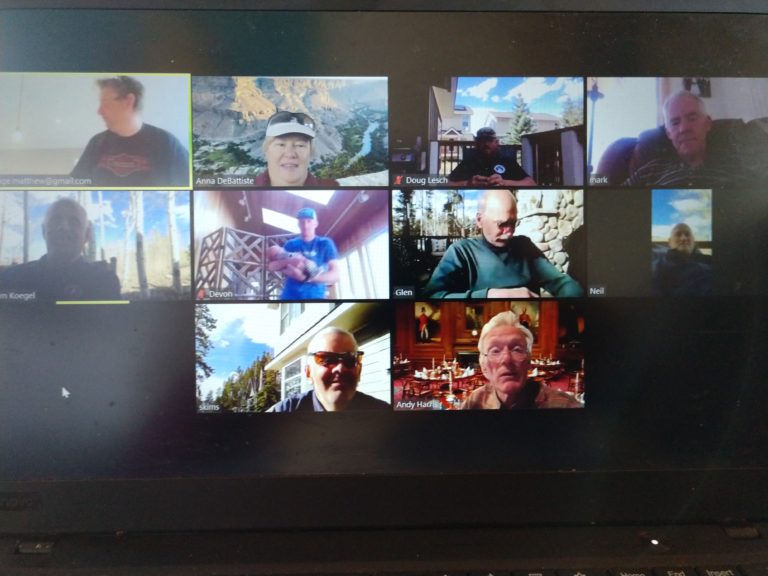After reading a great article in Fortune Magazine by Geoff Colvin last winter, I finally read Colvin’s book, Humans Are Underrated. He makes the case for the importance of soft skills as computers continue to replace humans in most technical roles, and my favorite part is the chapter on storytelling.
As Colvin points out himself, the fact that humans are storytelling creatures is not news. But what he puts into sharp perspective is the power of storytelling to persuade, inspire, illuminate and educate, and the reality that a story told by a computer simply cannot not have the same impact. We want to hear stories about humans, told by humans, and we want to look into someone’s eyes as we hear them. Any trainer who doesn’t already know this and put it to work in delivering classroom material is probably not a very good one.
For some, storytelling may seem unscientific and subjective compared to raw data. This is a false dichotomy, Colvin says, because the real point is to take a data dump and transform it into a narrative. Think about the most verbally effective U.S. presidents in history. Jimmy Carter, although perhaps one of the most knowledgeable presidents, did data dumps that no one can remember; Ronald Reagan, on the other hand, used metaphors, analogies and sound bites that we still quote to this day.
Colvin makes his point with plenty of research to back it up. Here is some of his best stuff:
- Research shows that we are hard-wired to create narratives out of the events surrounding us, automatically and instantly, before we even realize it. Two Smith College psychologists named Heider and Simmel designed an experiment in 1944 in which they showed an animation of geometric shapes moving around a screen to thousands of subjects, and then asked them what they had seen. They all attributed human personalities and motivations to the shapes, and constructed a story about what they were doing. I found the animation on Youtube after reading about it and showed it to a group of very analytical finance professionals in a government agency last week, and without exception, they did the same thing; they told a story about a lovelorn triangle running away with a square while another triangle destroyed a house in jealous frustration.
- Researchers at Princeton scanned the brains of storytellers and listeners and found “a surprising amount of neural coupling,” which means that the brain functions of storytellers and listeners aligned in the area of the brain controlling communication and social interaction. In other words, storyteller and listener were having the same emotion at the same time.
- The best stories for influencing humans are those that release Oxytocin in the brain, the chemical responsible for empathy. The classic story structure is one in which an individual or group overcomes adversity in such a way as to be changed forever. Researchers showed two videos about a child with cancer, and then measured the rate at which each group donated money to cancer research groups afterwards. The first video told a story following the classic structure: the father of a young boy with terminal cancer is devastated, and has trouble controlling his emotions. He realizes that his son’s last few years would be enriched if he could show joy and appreciation for the boy, but he struggles to hide his sadness. Finally he overcomes this difficulty and becomes fully present in order to savor his time with the boy, and is made a better man by the experience. In the second video, you simply see a boy with cancer and his father visiting the zoo, and there is no narrative; it’s the equivalent of a data dump. Not surprisingly, the subjects who watched the first video contributed significantly higher amounts of money to cancer research than the subjects who watched the second video.
- Lastly, DARPA (Defense Advanced Research Projects Agency) has created a new internal group called Narrative Networks to study stories. Stories about injustice, religion and ancestry are what help violent extremist groups like ISIS and Al Qaeda attract and motivate new members, and DARPA wants to know more about the neuro-biological impact of these stories so they can create effective counter-narratives. If you were still feeling that all of this story stuff is a little bit squishy, this ought to convince you of its importance.
Stories are what make us human, and the more we understand about that, the more effectively human we can become. Computers can learn to write a good story, but they will never be able to tell it the way we can.

Comments are closed.